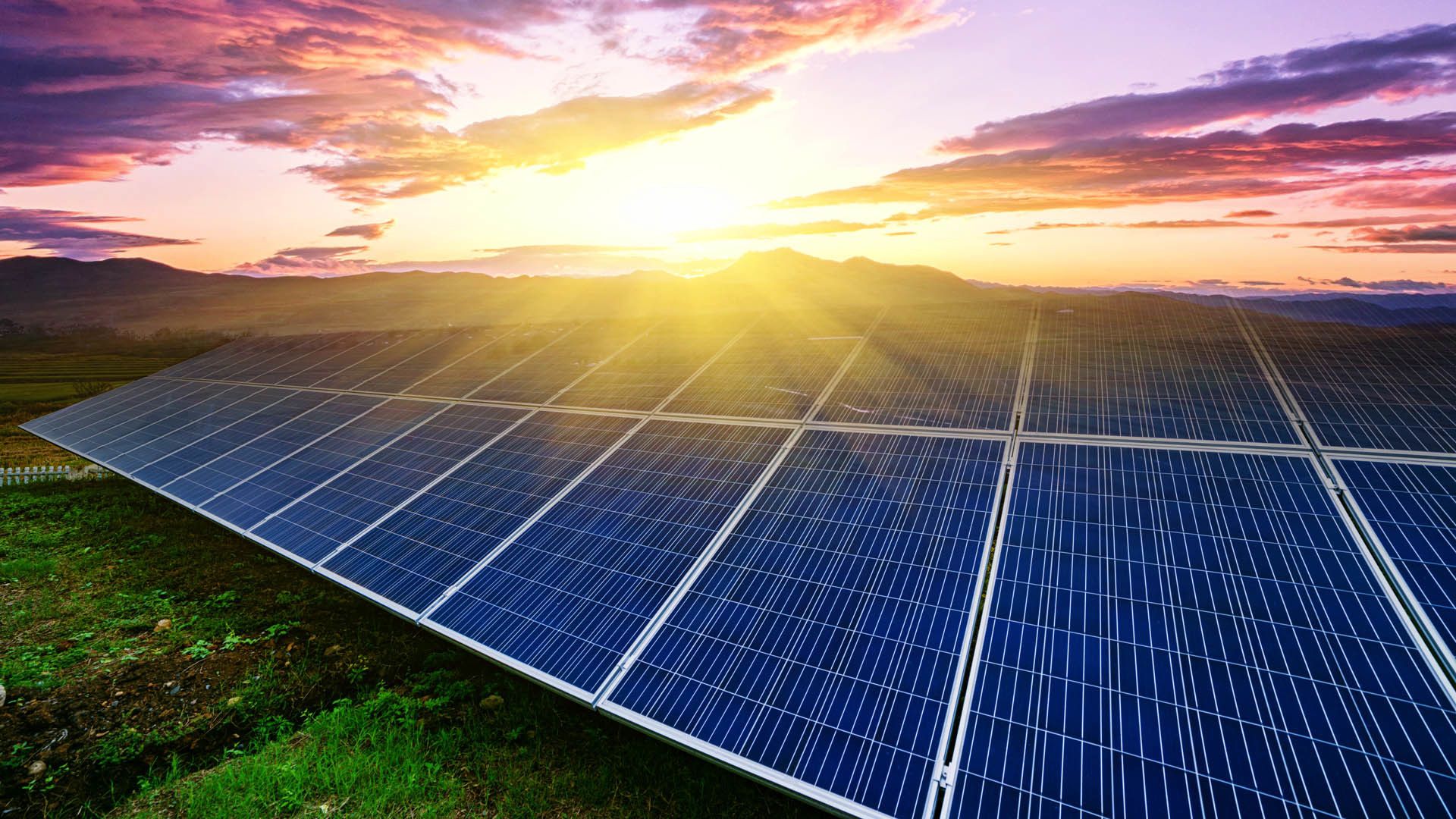By Aneesa Agha and Mariam Noor
Introduction
The National Electric Power Regulatory Authority (NEPRA) held a public hearing on July 15, 2020 on the Indicative Generation Capacity Expansion Plan 2047 (IGCEP 2047) submitted by the National Transmission and Despatch Company Limited (NTDC). Subsequently, NEPRA has issued directions to NTDC on certain provisions of the IGCEP 2047 and has referred the matter for consideration to the federal and provincial governments. The IGCEP 2047 is a pivotal document for the future direction of the power sector in Pakistan as it proposes the optimal mix for the next 27 years and thereby impacts major private and public sector investment decisions across generation, transmission and distribution.
The review of the IGCEP 2047 presents NEPRA with an opportunity to align Pakistan’s obligations to undertake measures to address climate change and energy policies. It is imperative that generation expansion plans are informed by the gravity of climate change and any proposals as to future development recognize the sobering research reports indicating Pakistan as being the fifth-most adversely impacted country due to global warming. The State of Pakistan has a responsibility to provide a clean, healthy environment and a climate capable of sustaining human life to its citizens as guaranteed under the Constitution of Pakistan, 1973. Moreover, the IGCEP 2047 should also reflect Pakistan’s international commitments under the United Nations Framework Convention on Climate Change (UNFCCC) Paris Agreement 2015 (Paris Agreement).
IGCEP 2047
IGCEP 2047 outlines the expansion required in the power generation, transmission and distribution systems to meet Pakistan’s energy and power demand for the next twenty-seven years. It aims to devise a minimum cost strategy to supply the load forecast demands within the technical, economic and legal constraints. The IGCEP 2047 claims to conform with the government’s policies, latest generation technologies and relevant regulatory obligations. The IGCEP 2047 sets out a comprehensive view of the projected electricity demand and the existing generation system. It divides the investment decisions for the expansion of power generation into two periods from 2020 – 2030 and 2031 – 2047.
As per the IGCEP 2047, the contribution in energy production in GWh by various technologies as base case scenarios is as follows for each respective year.
The proposed optimal generation mix for 2030 is tabulated below:
Similarly, the proposed optimal generation mix plan for 2047 is as follows:
The tables above illustrate that renewable resources only account for 25% of the optimal generation mix for 2030 and the contribution of renewable sources drops to a strikingly low level of 15% for 2047. The IGCEP 2047 does not appear to be in accordance with Pakistan’s energy and climate change policies, the legal precedents established by the higher courts of Pakistan and the obligations of the State under the Constitution and international treaties, such as the Paris Agreement.
The IGCEP 2047 dismisses the realization of the Government’s target to “aggressively include 20% and 30% renewable energy generation by capacity by the year 2025 and 2030” as unrealistic. It states that the present grid infrastructure is incapable of dealing with intermittent sources of energy.
At Section 4.5.6, the Plan states:
“However, these two energy resources (wind and solar) due to their intermittency cannot be considered as a firm capacity, at all points in time or all around the clock; therefore, appropriate amount of backup generation is also required to provide for reserve requirements of the system.”
In Section 4.6.6, it states:
“The complexity associated with integrating intermittent sources of electricity stems from the fact that the power grid was basically designed around the concept of large, controllable electric generators. Today, the grid operator uses a planning process to ensure power plants generate the required amount of electricity at the right time to ensure continuous and reliable supply for meeting the electricity demand. The balance between electricity supply and demand must be maintained at all times. Renewables intermittency is challenging since they disrupt the conventional methods for planning the economic despatch of the electric grid. Their power fluctuates over multiple time horizons, forcing the system operator to adjust its day-ahead, hour-ahead, and real-time operating procedures.”
Given that the most recent tariff determinations for renewable technologies issued by NEPRA are much lower than fossil-fuel based technologies, it is essential that NTDC overcome the challenges posed by the supposed intermittency of renewables. Further, the Plan ought to have taken into consideration the policy directives in the Draft ARE Policy 2019 that emphasize the need to upgrade the grid infrastructure.
NEPRA, while reviewing the IGCEP 2047, ought to take into account verifiable present-day data and evidence of developers and utilities successfully setting up and operating firm despatchable renewable power plants with battery storage in various countries. The Authority’s review may be guided by past lessons regarding the steep decline in renewable prices in the last five years and the definitive studies published by various international energy research agencies. This research clearly forecasts that round-the-clock generation from renewables through using alternative sources will be commercially feasible within the next decade.
IGCEP 2047 highlights the achievement of switching from imported fuel to local indigenous coal. However, it seems to disregard the negative effects of coal based power plants on the climate and air pollution levels in Pakistan. On page xxvii, the IGCEP 2047 states that in the year 2047, “there is minimal reliance on the imported fuel with RFO having no contribution at all. Imported coal is contributing just 1% in the total energy requirements.” Further, as identified by the Plan, the increase in the share of coal-based plants in the energy mix for 2047 is at the cost of a reduction in the share of solar and wind plants.
Pakistan: 5th most Vulnerable Country to Climate Change
The imminent threat of climate change to the world and particularly Pakistan cannot be overstated. Pakistan ranks fifth among the countries that are most vulnerable to the effects of climate change. Reduction in emissions through cutting down on the combustion of fossil fuels and switching to alternative sources is a crucial step to address climate change. Based on the GHG Inventory of Pakistan (2014-15), energy and agriculture sectors account for 90% of the total emissions, with the energy sector representing 47% of the GHG emissions.
Pakistan’s Commitment under the Paris Agreement
Pakistan has ratified the Paris Agreement. The Paris Agreement is a legal framework for a coordinated effort to limit the impact and urgent threat of climate change by keeping global temperature rise below 2 degrees Celsius above pre-industrial levels. Article 2.1 of the Paris Agreement requires the state parties to increase the ability to “foster climate resilience and low greenhouse gas emissions development.”
Further, the Paris Agreement obligates each party to introduce mitigation measures. Pursuant to Article 3 read with Article 4 of the Paris Agreement, all state parties are required to prepare, communicate and maintain successive “nationally determined contributions” (NDCs) that they intend to achieve which should reflect each party’s highest possible ambition. Countries are required to submit their first NDCs in 2023. Prior to NDCs, countries are required to submit their Intended Nationally Determined Contributions (INDCs). An INDC or an NDC indicate a country’s contribution towards the achievement of the universal target set in the Paris Agreement.
Pakistan’s INDC statement indicates that energy and agriculture will continue to predominate in GHG emissions. Pakistan in its INDC statement has committed to reducing 20% of the country’s projected GHG emissions by 2030. Further, Pakistan’s INDC statement identifies as High Priority, the adoption of mitigation measures in the energy sector through the development of solar, wind and hydroelectricity.
Draft Alternative and Renewable Policy 2019 (Draft ARE Policy 2019)
The Government of Pakistan in the Draft ARE Policy 2019 sets out that Pakistan intends to have 25% and 30% of its generation capacity derived from renewable resources by 2025 and 2030 respectively. The Draft ARE Policy 2019 underlines the need to upgrade the transmission infrastructure to meet this target. It states that the upgradation shall be taken in parallel and where necessary as a prerequisite.
NEPRA’s Mandate: IGCEP in light of International Obligations and National Policies
The preamble to the Transmission and Distribution of Electric Power Act, 1997 (NEPRA Act) aims to provide “special provisions for the development of renewable electricity markets in accordance with the international commitments of Pakistan as well as the responsibility of Pakistan to support and encourage measures to effectively mitigate adverse climate change.” The Authority is also exclusively responsible for regulating the provision of electric power services as set out in Section 7 of the NEPRA Act.
Pursuant to its mandate, NEPRA may ensure that the IGCEP 2047 reflects Pakistan’s international commitments and is in line with the State’s responsibility to adopt mitigation measures to reduce climate change. It is necessary that IGCEP 2047 be geared towards meaningful adoption of mitigation measures against the urgent threat of climate change to encourage Pakistan to move to a carbon-neutral economy.
The growing reliance on the use of fossil fuels like coal for energy generation will result in increased GHG emissions and therefore a greater contribution to global warming. According to the existing IGCEP 2047, the switch to local coal instead of imported coal comes at the cost of reduced share of renewable energy resources in the generation mix. The share of coal in the generation mix is set to increase from 14% in 2019 to an astounding figure of 36% in 2047. This will inevitably lead to a significant rise in GHG emissions and the worsening of climate change impacts.
It is necessary that the IGCEP 2047 be brought in line with the Draft ARE Policy 2019’s recommendations for upgradation of the transmission infrastructure to achieve the target of 30% by 2030, as well as commitments made by the State of Pakistan pursuant to the Paris Agreement to reduce GHG emissions and encourage and foster the development of renewable energy sources.
We hope that NTDC, the federal and provincial governments, and NEPRA in their reconsideration and revision of the IGCEP 2047 consider these aspects and ultimately that the Authority approves a generation capacity expansion plan that takes into account environmental issues and the threat of the catastrophic impact of climate change on Pakistan. Such a plan would also be in compliance of the constitutional guarantee of a clean and healthy environment to the citizens of Pakistan and Pakistan’s commitments under the Paris Agreement.
******************
Disclaimer: The information presented is not legal advice, is not to be acted on as such, may not be current, and is subject to change without notice. For further information, please contact Raja Mohammed Akram & Co.




